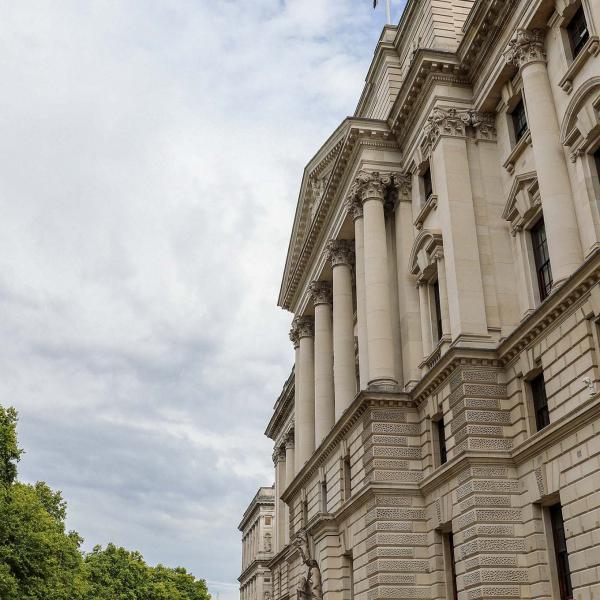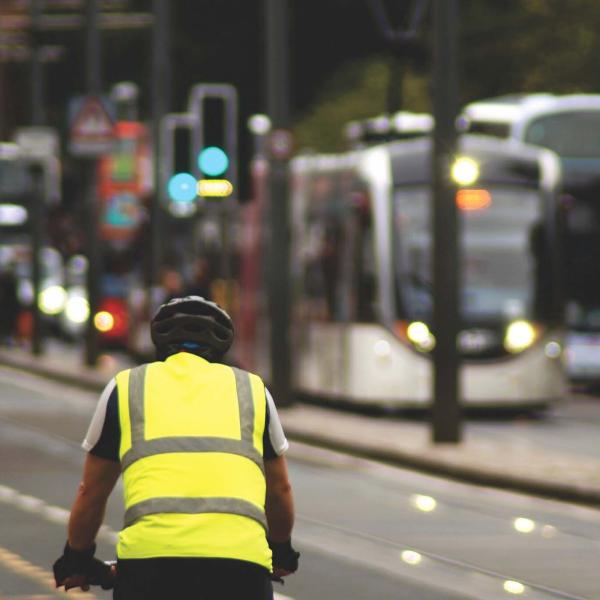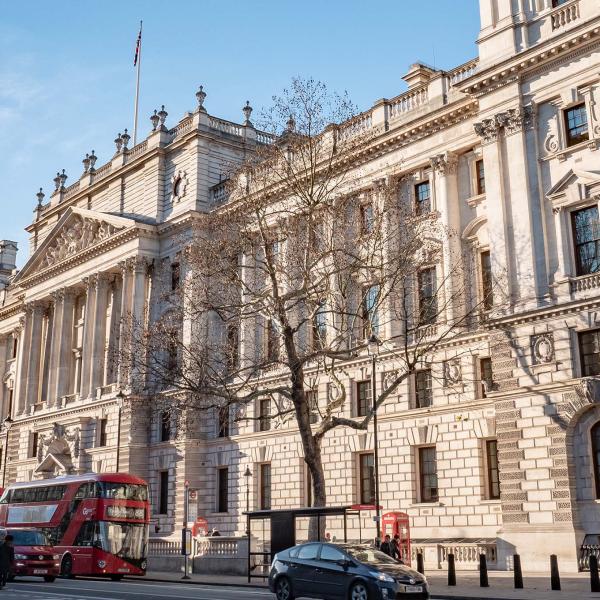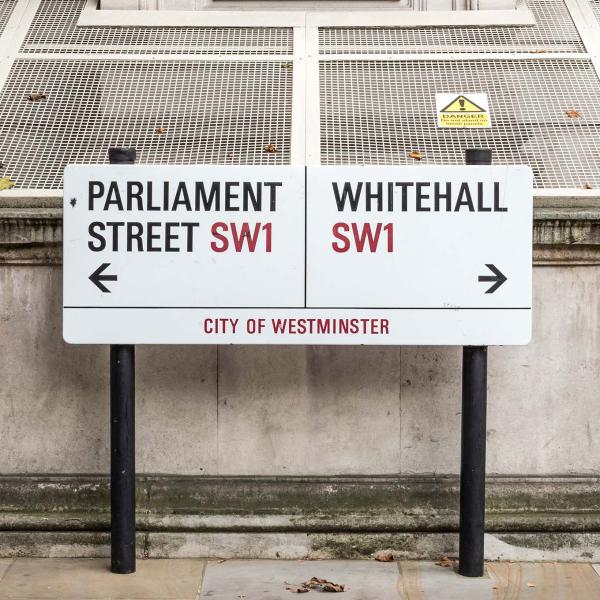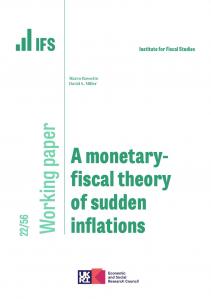The publication yesterday of the annual report of the Chief Medical Officer, Sir Liam Donaldson, contains a controversial proposal to impose a minimum price of 50p per unit on alcohol, and follows close on the heels of similar ideas floated by the Scottish Government. At least in England, a minimum price looks unlikely to be imposed any time soon: Gordon Brown has indicated an unwillingness to cause "the responsible, sensible majority of moderate drinkers to have to pay more or suffer as a result of the excesses of a minority".
Sir Liam's proposals do merit some serious consideration: his report contains some compelling evidence on the impact that excessive alcohol consumption has not just on those who drink, but on other people. These 'externalities', to use economists' jargon, provide justification for Government intervention in the alcohol market as they are not taken into account when people make their private decisions about how much alcohol to consume, generating excessive consumption relative to the socially desirable level. In addition, consumers may not be fully rational in their alcohol consumption decisions (not taking into account the risk of addiction, say) which could provide more paternalistic reasons for intervention. If this is the case, it is not obvious that price represents the right policy instrument.
The "sensible majority of moderate drinkers" are already currently hit by existing alcohol taxes and plans to increase them. For typical strength drinks, these currently stand at 36p on a pint of beer, 157p on a bottle of wine and 622p on a bottle of spirits. The Government seems keener to use these taxes to raise alcohol prices than it is on introducing a floor price: Budget 2008 announced an increase in alcohol duties of 6% above RPI inflation, with a further 2% real increase in each year up to and including 2013. These tax increases will probably raise revenue for the Government at a time when the public finances are particularly stretched, unlike a floor price where the transfers involved are more complex.
One possible advantage of a minimum price is that in terms of the costs of alcohol abuse, the concern is presumably much greater for underage drinkers and those who binge drink than moderate drinkers, and these groups may be more likely to buy cheap alcohol. If this is the case, then a minimum price may be more directly targeted on these problem cases than a general increase in alcohol taxes for all drinkers. A report from Sheffield University commissioned by the Department of Health last year found that heavy drinkers also tended to be the most responsive to prices.
Would the "sensible majority of moderate drinkers" be affected by a minimum price as the government claims? If this group already purchases alcohol costing more than 50p/unit, then the policy would have no direct impact on them. There may even be indirect effects which reduce prices for some people. Retailers can use alcoholic drinks as 'loss-leaders', pricing aggressively below cost to attract customers into their stores. If this avenue is closed off by a minimum price, it is not clear how retailers would respond. They could choose to loss-lead on alcohol that currently costs slightly more than 50p/unit, bringing those prices down to the minimum: in this case, the policy becomes a transfer from those who currently pay, say, 40p/unit for alcohol to those who currently pay 60p/unit. Alternatively, the floor price could just act as a transfer from drinkers to alcohol retailers and manufacturers. Longer term, manufacturers who currently produce cheap alcohol may switch production to slightly higher quality drinks as a result of the change, further increasing competition and reducing the price of alcohol that currently retails just above the floor price.
There is, however, evidence that the majority of alcohol purchased from supermarkets and off-licences is currently bought at prices below 50p/unit, suggesting the impact on the priced faced by consumers would be quite strong. The Sheffield University study suggested that around 59% of off-licensed trade alcohol purchased was at a price of less than 40p/unit, compared to 14% of on-trade sales. This distinction between on- and off-trade is important. In recent years, real-terms alcohol prices (that is, prices relative to inflation in general) have been falling quite strongly, with this fall driven by off-trade sales. Since 1990, the price of beer and cider off-trade has fallen by around 30% and real terms, and of wines and spirits by around 20%, compared to increases in on-trade prices of 30% and 25% respectively. One effect of this shift in relative prices has been a decline in alcohol purchased in pubs and an increase of consumption at home which a minimum price may go some way to reversing.
Minimum alcohol prices are untried and their effects, relative to the impact of increasing existing tax rates, are unclear. The way in which consumers, retailers and manufacturers respond to higher taxes and price floors could be very different. Since it looks unlikely the Government will adopt Sir Liam's proposals south of the border, the UK could be set to embark on yet another public health policy experiment where Scotland and England try different approaches to a problem.
Click here to download 'Alcohol prices relative to allitems RPI inflation, 1990 - 2008'



